How To Cook Rice The Japanese Way
5.0
(25)
Your folders
Your folders
Prep Time: 5 minutes
Cook Time: 25 minutes
Total: 30 minutes
Servings: 3
Author : Yumiko

Ingredients
Export 4 ingredients for grocery delivery
Instructions
Step 1
Accurately measure and place the rice in a large bowl. Add enough water (not in ingredients) to cover the rice and wash gently, then discard the water. Repeat the process 4-5 times until the water is almost clear.
Step 2
Leave the rinsed rice in the bowl and add enough water (not in the ingredients list) to cover the rice. Leave the rice to soak for 30 minutes (summer time) to 1 hour (winter time). (Note 3)
Step 3
Using a sieve, drain the rice and remove as much water as possible.
Step 4
Place the rice in a saucepan with a heavy bottom and add water (per the ingredients list). Cook over medium heat with a lid on.
Step 5
When the water starts boiling and bubbles comes out of the pot, reduce the heat to low. Cook for 12-15 minutes until there is no water at the bottom of the pot or you don’t hear a bubbling sound from inside the pot. Do not open the lid while cooking.
Step 6
Turn the heat off and leave for at least 10 minutes with then lid on. Then mix the rice using a rice spatula (if you have one). This is to remove excess moisture within the cooked rice grains and also not to mould into the shape of the pot at the bottom.
Step 7
Furikake (ふりかけ) is a dried Japanese seasoning which is sprinkled on top of cooked rice. Ingredients include a combination of dried fish flakes, dried egg, dried cod eggs, bonito flakes, sesame seeds, chopped seaweed and other flavourings.
Step 8
Umeboshi (梅干し) is a salty and sour pickled plum. There are brown umeboshi (natural colour) and red umeboshi (dyed using purple perilla). Large umeboshi are about 2-3 cm (¾-1¼") diameter and have a very soft texture while tiny umeboshi are normally crunchy. The seed inside an umeboshi is very hard and you should not eat it as you might break your teeth.
Step 9
Takuan (沢庵) is one of the many pickled vegetables that Japanese people love. Unlike western style pickling, Japanese do not use oil to pickle vegetables and typically use any combination of salt, soy sauce and vinegar.
Step 10
Because of the strong flavour of these condiments, Japanese people sometimes eat rice with just these when they are in a hurry or just to fill themselves up without going through the hassle of cooking a meal.
Top similar recipes
Curated for youYour folders

 571 views
571 viewsHow to cook rice, The Japanese way
chopstickchronicles.com
4.9
(21)
30 minutes
Your folders
 107 views
107 viewsHow To Cook Rice The Japanese Way o...
japan.recipetineats.com
Your folders
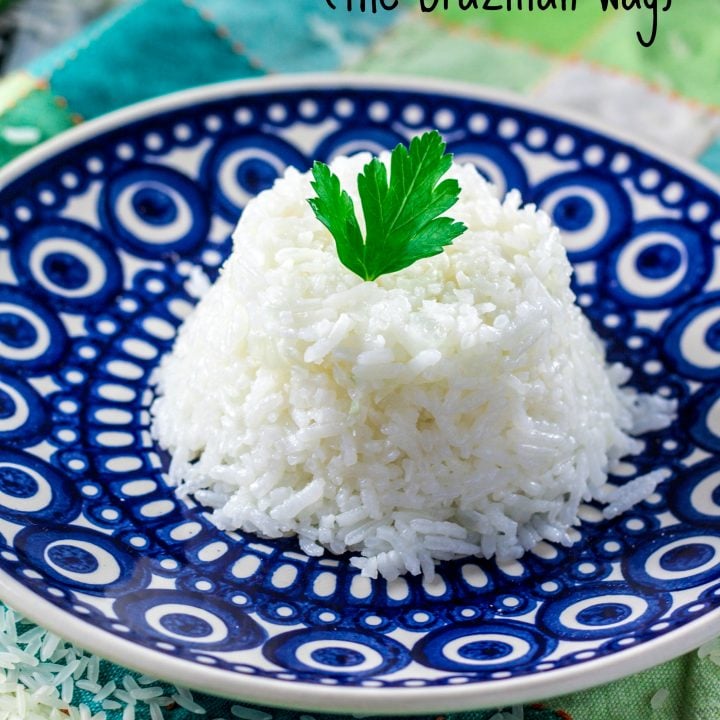
 265 views
265 viewsHow to Cook Rice (the Brazilian way...
oliviascuisine.com
4.5
(28)
20 minutes
Your folders
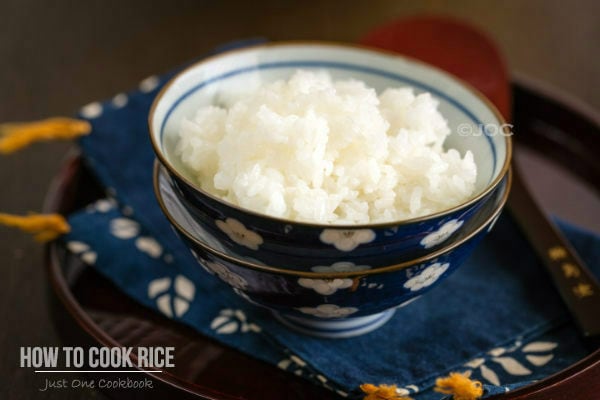
 905 views
905 viewsHow To Cook Japanese Rice on the St...
justonecookbook.com
4.8
(42)
15 minutes
Your folders

 614 views
614 viewsHow to Cook Spaghetti Squash (The B...
cookieandkate.com
4.8
(164)
40 minutes
Your folders
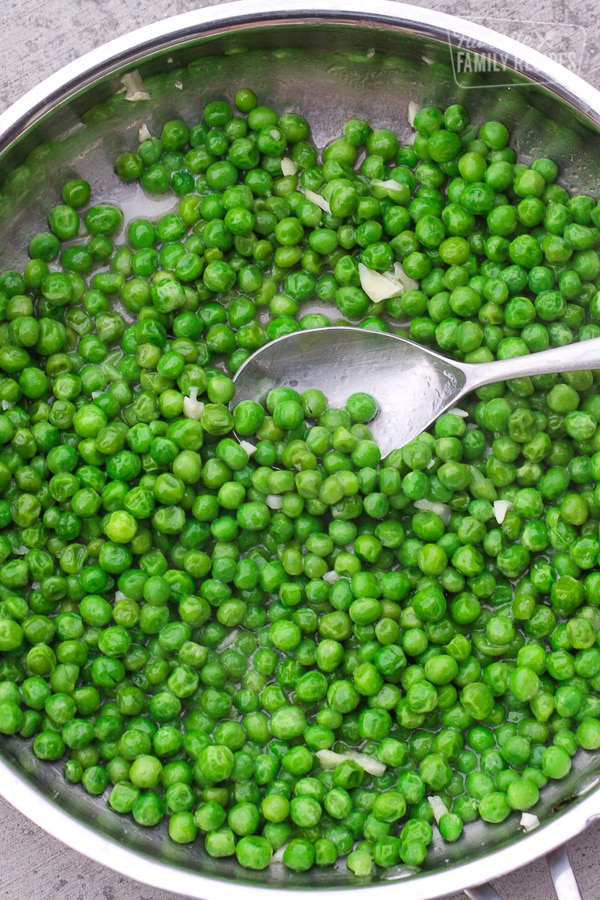
 360 views
360 viewsHow to Cook Frozen Peas (the RIGHT ...
favfamilyrecipes.com
5.0
(24)
5 minutes
Your folders
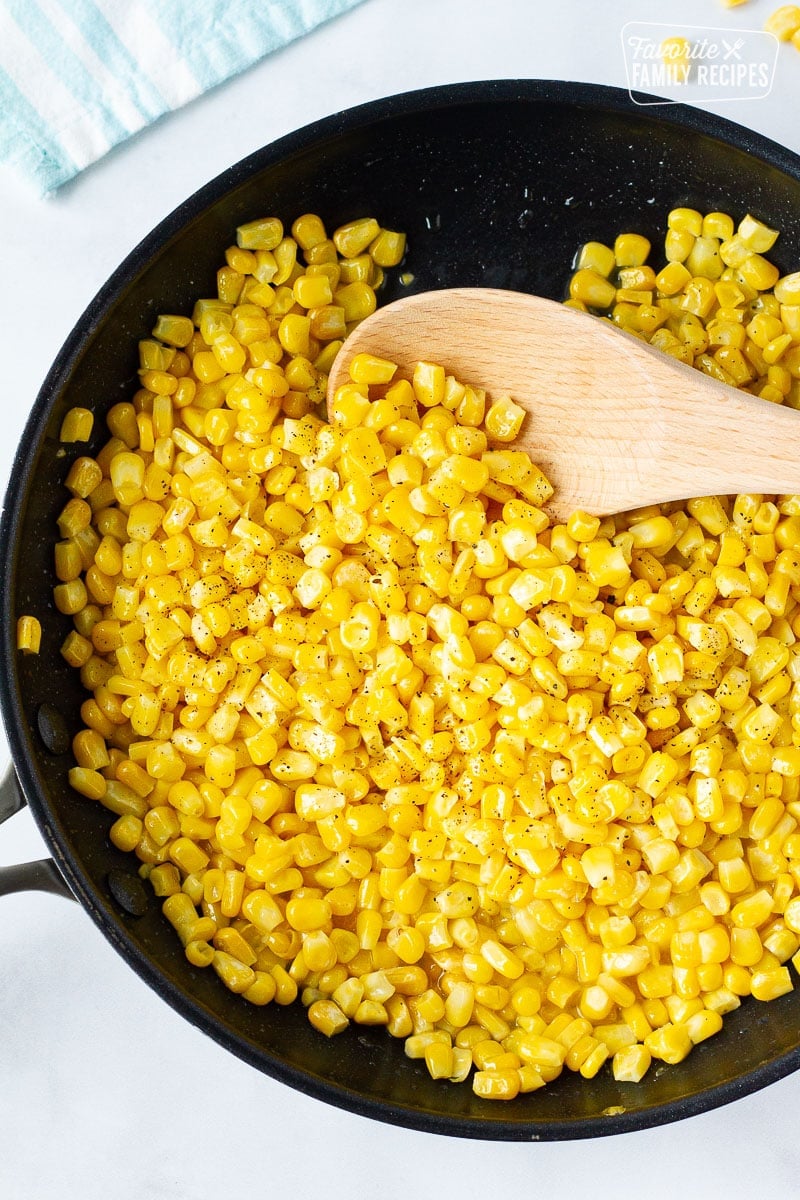
 271 views
271 viewsHow to Cook Frozen Corn (the RIGHT ...
favfamilyrecipes.com
5.0
(71)
7 minutes
Your folders

 382 views
382 viewsHow to Cook Frozen Peas (The Easy W...
alphafoodie.com
5.0
(4)
5 minutes
Your folders

 111 views
111 viewsHow To Cook Spaghetti Squash (The T...
mayihavethatrecipe.com
5.0
(2)
45 minutes
Your folders

 80 views
80 viewsHow to Cook Spaghetti Squash (The B...
eatingbirdfood.com
4.6
(130)
30 minutes
Your folders

 1079 views
1079 viewsHow to Cook Rice
loveandlemons.com
5.0
(2)
25 minutes
Your folders
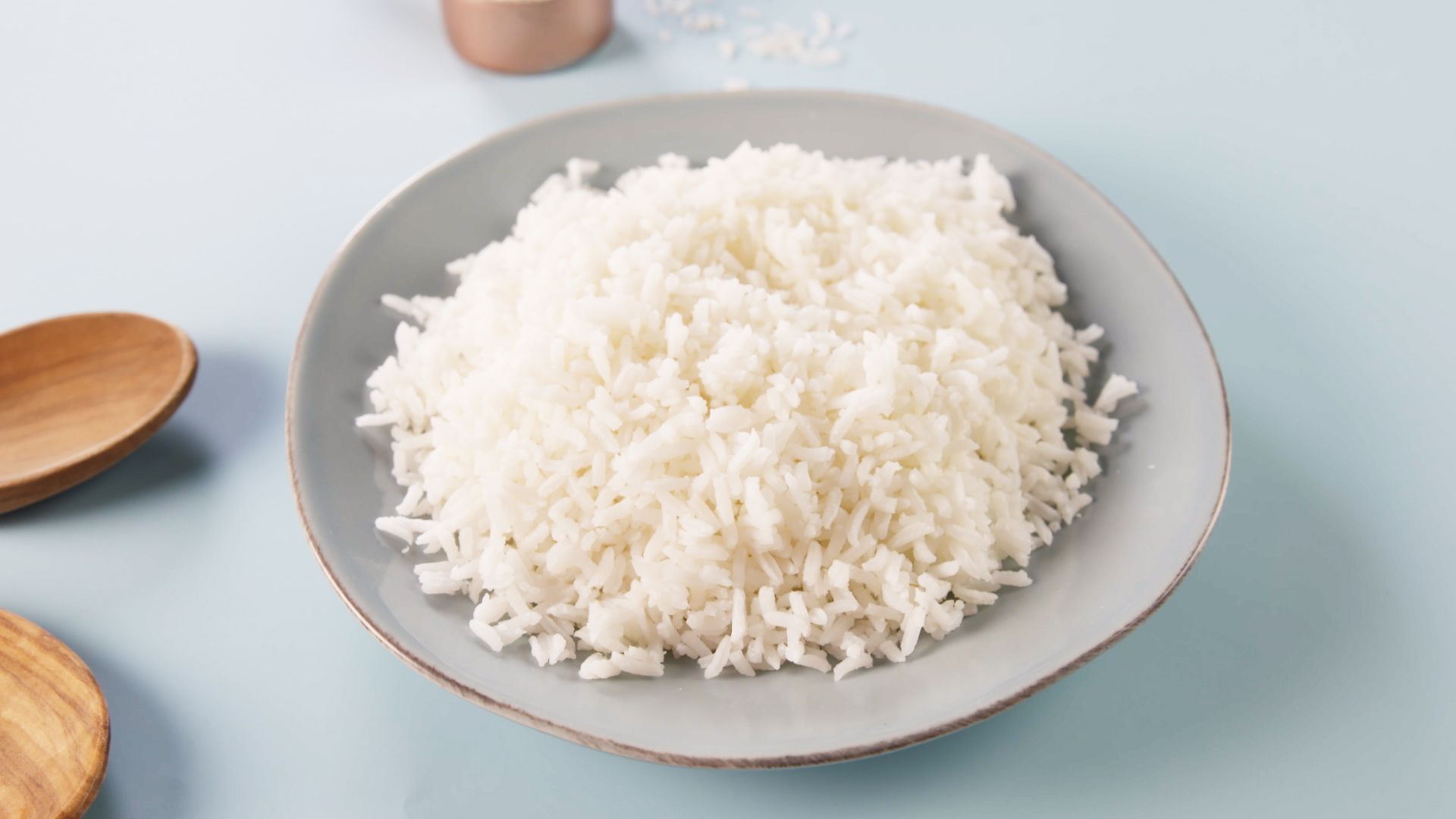
 807 views
807 viewsHow To Cook Rice
delish.com
4.4
(51)
Your folders

 781 views
781 viewsHow To Cook Rice
deliciousmeetshealthy.com
5.0
(12)
20 minutes
Your folders

 749 views
749 viewsHow to Cook Rice
spendwithpennies.com
5.0
(3)
18 minutes
Your folders
/__opt__aboutcom__coeus__resources__content_migration__simply_recipes__uploads__2020__02__HTC-White-Rice-Lead-4-e5743ee4c63a40a0aec2f3abd9f1c097.jpg)
 429 views
429 viewsHow to Cook Rice
simplyrecipes.com
Your folders
 113 views
113 viewsHow To Cook Rice
deliciousmeetshealthy.com
Your folders
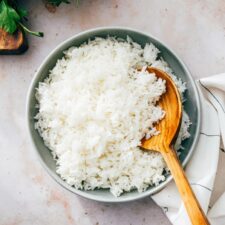
 290 views
290 viewsHow to Cook Rice
acouplecooks.com
5.0
(1)
15 minutes
Your folders

 470 views
470 viewsHow to cook rice
kitchensanctuary.com
5.0
(11)
20 minutes
Your folders

 276 views
276 viewsLo Mein: How to Cook It The Right W...
thewoksoflife.com
5.0
(1)
15 minutes